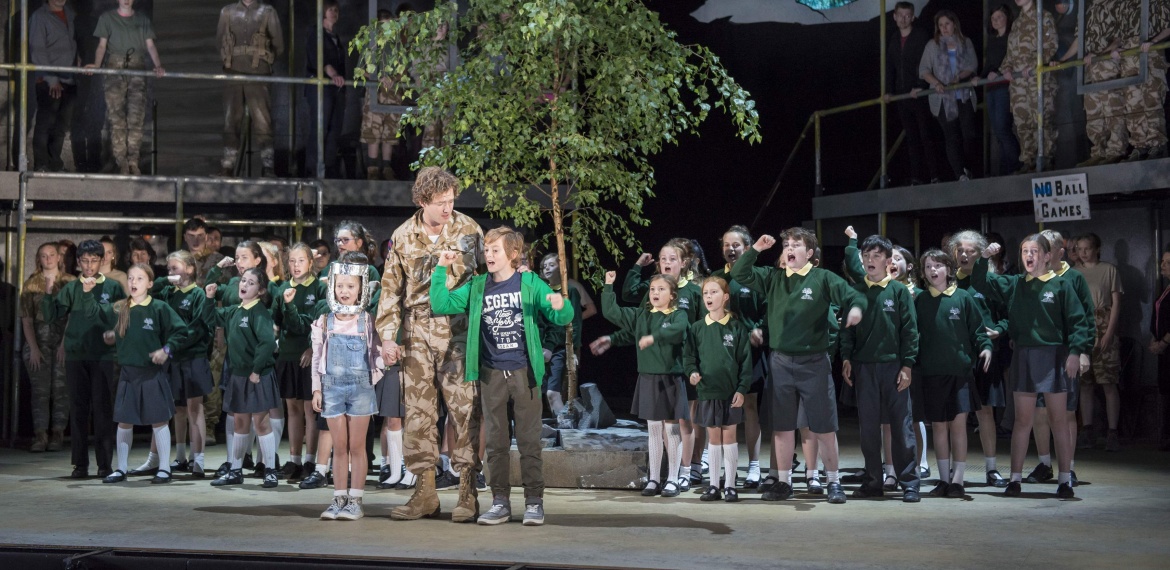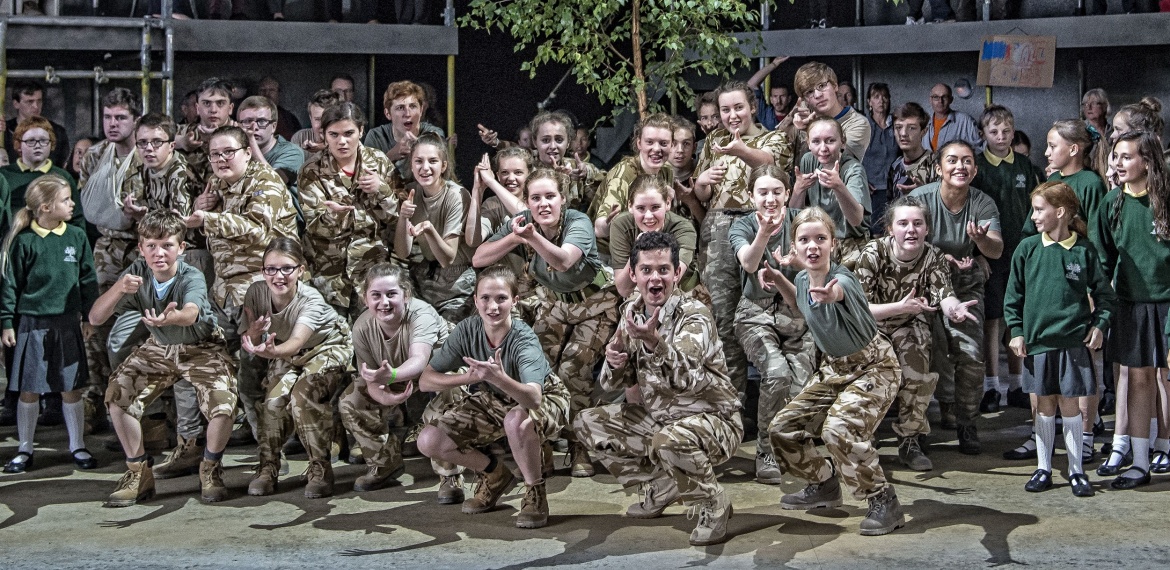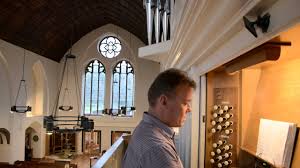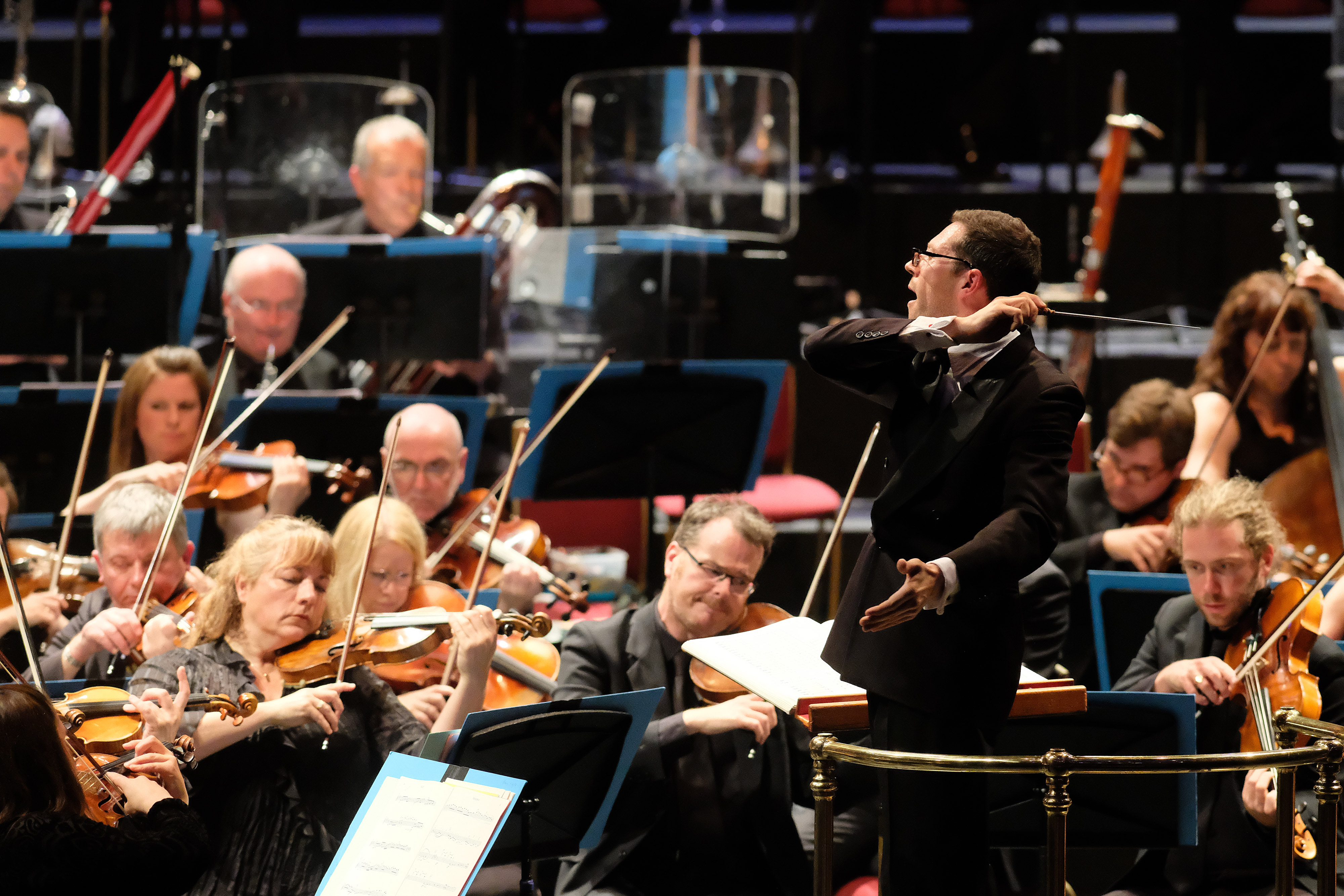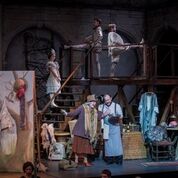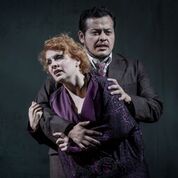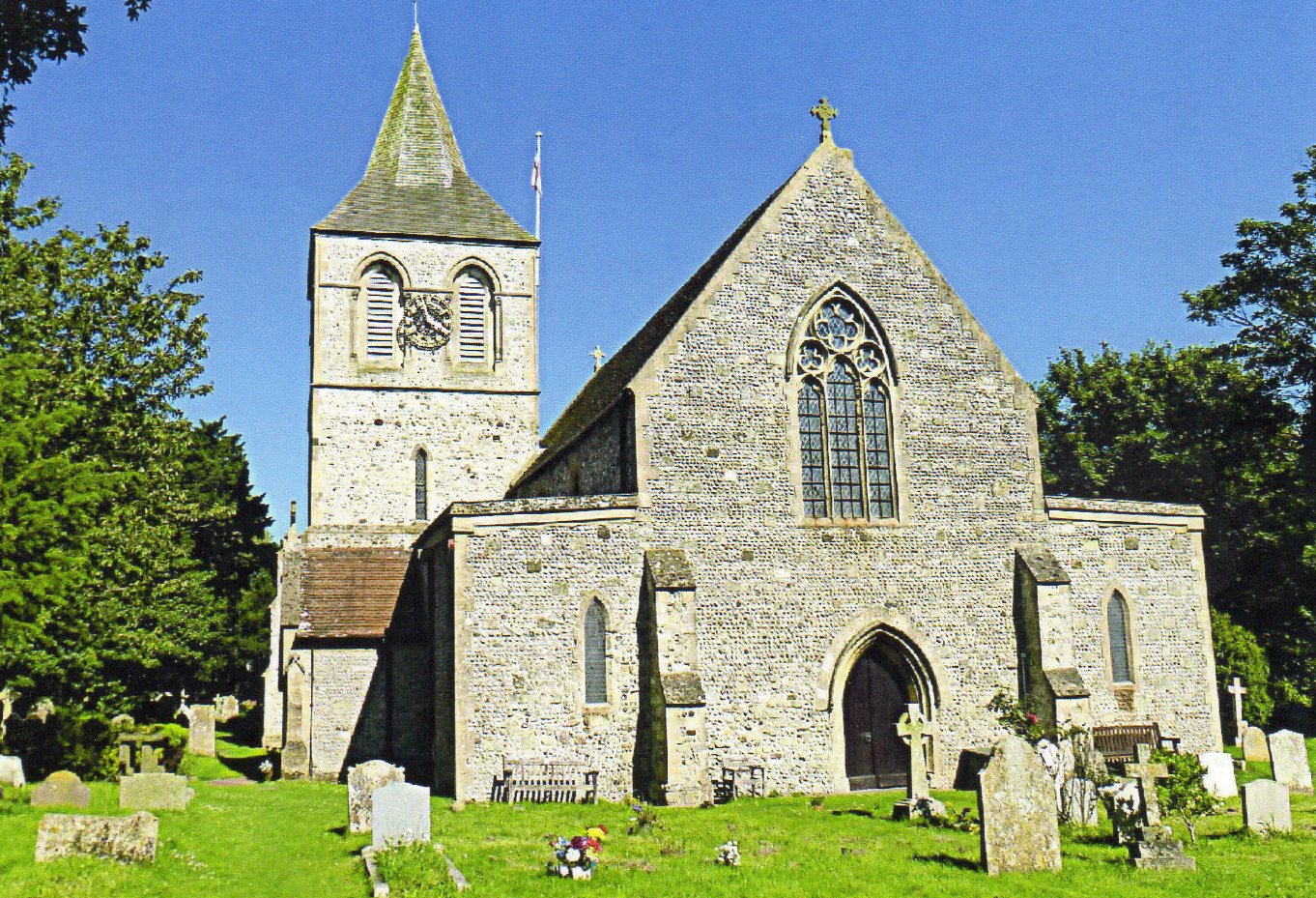SIR CHARLES VILLIERS STANFORD – COMPLETE ORGAN WORKS VOL 5
Daniel Cook, organ of Westminster Abbey
PRIORY PRCD 1174 79’53
This fascinating series concludes with another excellent recording from Daniel Cook. There is a wide variety of music in this volume including music based on hymn tunes (including Fantasia on Intercessor and Six Occasional Preludes), processional music (March from Becket and Procession music from Drake) as well as Romantic programme music (Three Idylls and Sketches for Piano & Violin in transcription by E S Roper). The five volumes of this set are a fine record of Stanford’s organ works.
SIGFRID KARG-ELERT – COMPLETE ORGAN WORKS VOL 14
Stefan Engels, Link/Gaida organ of Pauluskirche, Ulm, Germany
PRIORY PRCD 1135 70’49
This long-running series continues with two works. The first is a suite of seven movements with colourful titles, Seven Pastels from the Lake of Constance, Op 96. This is paired with the Sinfonie, Op 143. Each volume continues to build this extensive survey of Karg-Elert’s music and can also be enjoyed as a single recital.
RAINBOW TOCCATAS
Paul Ayres, Organ of St Barnabas, Ealing, London
PRIORY PRCD 1159
This is a very welcome release. Paul Ayres plays a selection from his own vast output in a highly entertaining, and, at times, intriguing programme. I have been familiar with some of the composer’s work for some time. Much of his music, as here, is based on familiar music from a range of sources and styles. Included here are his Variations on Es ist ein Ros’ entsprungen and nine pieces based on Beatles songs, including Toccatina on Here comes the sun, Danse Macabre on Norwegian Wood and Toccata on All you need is love. Also included are four movements from Suite for Eric and the piece which partly gives this CD its title, Fantasy –Sonata: Over the Rainbow. A welcome sideways-step for the organ repertoire!
AN EAST RIDING TREASURE
Robert Poyser, restored organ of Beverley Minster
PRIORY PRCD 1181
Priory continue to release fine recordings of lesser known organs by organists who know how best to exploit the resources of each instrument , with very interesting programmes balancing the familiar and less familiar repertoire. The newly restored Beverley organ is in fine voice here under the control of Robert Poyser. Music by Bach, Guilmant and Howells is complimented by a lengthy Toccata by Domenico Zipoli and a less familiar piece by Lefebure-Wely, March in F. The mighty Sonata on the 94th Psalm by Reubke forms the centrepiece of this disk and it is rounded off by Three pieces by the 20th Century composer, Nicholas Cheveux.
THE FORGOTTEN GEM
Francesca Massey, organ of King’s Lynn Minster
PRORY PRCD 1178
The organ at King’s Lynn is a very important one. Although heavily rebuilt it contains twelve ranks of original Snetzler pipework which has been carefully preserved throughout the years. Francesca Massey gives a very enjoyable recital beginning appropriately with Whitlock’s Hymn-Prelude on King’s Lynn. Reger’s Sonata No 2 in D minor, Op 60 closes the disc and JS Bach’s lengthy Chorale Partita on Sei gegrusset, Jesu gutig is also included as well as Stanley’s Voluntary in D minor, Op 5 No 8. Shorter works by John Jordan, Litaize, Burney, Peter Racine Fricker and Nicolas de Grigny complete the varied programme. Extensive notes on the history and specification of the organ make for an absorbing read alongside the music.
THE ENGLISH ORPHEUS – CHORAL & INSTRUMENTAL MUSIC BY HENRY PURCELL
Chapel Choir of Trinity Hall, Cambridge, Orpheus Britannicus, Director – Andrew Arthur
PRIORY PRCD 1182
This is a lovely CD. A very well programmed sequence links anthems (including Rejoice in the Lord alway and O sing unto the Lord) with service music (Magnificat & Nunc Dimittis in G minor and Te Deum in D) and instrumental music – Voluntary in G for solo organ, Suite in G minor for solo harpsichord and Chacony in G minor. Delightful.
MUSIC FOR TROUBLED TIMES – THE ENGLISH CIVIL WAR & SIEGE OF YORK
The Ebor Singers, Director – Paul Gameson
RESONUS RES10194 76’47
This is a very imaginative production, recorded in the Early Music Centre, York. Based mostly around the ‘York’ Psalm settings by William Lawes the programme is designed to reflect music that may have been used in York Minster at the time of the Civil War and especially the Siege of York in 1644. There are also anthems by Byrd (O Lord, make thy servant Charles), John Hutchinson, William Child, John Wilson, George Jeffreys (How wretched are the state) and Matthew Locke (How doth the city sit solitary). As well as an athem by Thomas Tomkins there is also his Sad Pavan: for these distracted times played on the organ by David Pipe. A fascinating historical document as well as a wonderful listening experience.
CONCERTO – WORKS FOR ONE & TWO HARPSICHORDS
Guillermo Brachetta with Menno van Delft, harpsichords
RESONUS RES10189
Fine performances here of JS Bach’s ‘Italian’ Concerto and Concerto a due Cembali in C major, WF Bach’s Concerto in G major and Concerto in A major by Graun.
DANCES, ELEGIES & EPITAPHS – THE MUSIC OF PETER FRIBBINS
Philip Graffin, violin, Christopher Hart, trumpet
Scottish National Orchestra, conductor – Robertas Servenikas
RESONUS RES 10193 57’10
I have to confess that Peter Fribbins is a new name to me. This CD would be an excellent introduction to the music of this British composer, born in 1969. Beginning with the unusual Capriccio: Abide with me, a world premiere recording, two other premieres are Concerto for violin & orchestra: Dances, Elegies & Epitaphs and Soliloquies for Trumpet & Strings. Also included is In Xanadu for Wind Quintet. The works here cover a period of over 25 years and draw on a variety of inspirations from hymns, the music of Purcell and the poetry of Samuel Taylor Coleridge.
THOMAS HYDE – THAT MAN STEPHEN WARD
Damian Thantrey, baritone
Nova Music Ensemble, conductor -George Vass
RESONUS RES 10197
Another contemporary music CD from Resonus sees the world premiere recording of this one-man opera based on the Profumo Affair, composed ten years ago. This disc really drew me in with its variety of styles and sources including news reports which blend with the accompaniment of the small but effective ensemble. The vocal performance is a tour de force from Damian Thantrey, providing not only the voice of Stephen Ward but also of other characters including Chrissie, in falsetto! Musical styles range from the contemporary operatic to cabaret and popular styles. This troubled episode in such highly original treatment is enthralling and sympathetic.
BRAZILIAN LANDSCAPES
Michala Petri, recorder, Marilyn Mazur, percussion, Daniel Murray, guitar
OUR RECORDINGS 6.220618 71’11
A light and enjoyable collection of music from a variety of Brazilian composers this CD seeks to demonstrate the links and interplay between the classical world (represented by Villa-Lobos) and the popular (represented by Jobim) to form a “third stream” of popular music with classical influences taken up by contemporary Brazilian composers. None of this music was known to me and I enjoyed this attempt to highlight a particular crossover movement, although at times I might have wished for a slightly more varied instrumentation to cover a whole CD.
MUSICA D’ORGANO NELLA SARDEGNA DELL’OTTOCENTO
(Organ Music in Nineteenth-Century Sardinia)
Francesca Ajossa, Organ by Piacentini-Battani, Chiesa del Santo Sepolcro, Cagliari
TACTUS TC 800007 58’06
A further survey of the historical organ repertoire of a particular region from Tactus. None of the composers are names that I recognise and it is always good to see recordings of “new” music. It would be interesting to know if this music is known to local people today.
NORDIC VOICES SING VICTORIA
Nordic Voices
CHANDOS CHSA 0402 55’40
This recording transports the listener to the haunting and deeply spiritual soundworld of the works for six voices by Tomas Luis de Victoria (1548-1611). A lovely release.
FLUX – ORIGINAL WORKS FOR SAXOPHONE QUARTET
Ferio Saxophone Quartet
CHANDOS CHAN 10987 80’40
A very different sound here – the rather magical timbres that only saxophones can produce. It may be tempting to think that the sound of the saxophone is always angular and brash. It can be but it can also be subtler, gentler and more ethereal. Both can be heard on this CD which collects a number of interesting works in an entertaining programme. I only knew Pierne for organ and orchestral works but here we have the Introduction et variations sur une ronde populaire alongside Will Gregory’s Hoe Down, The Wordsworth Poems by Guillermo Lago (The most recent work, and a world premiere recording) and works by Singelee, Bozza and Hugo Reinhart.
DIMITAR NENOV – PIANO CONCERTO/ BALLADE FOR PIANO & ORCHESTRA
Ivo Barbanov, piano, Royal Scottish National Orchestra – conductor, Emil Tabakov
HYPERION CDA68205 64’46
This is music that should be heard, not least for the fact that the composer suffered for his art and his unwillingness to associate with the communist movement, dying at the early age of 52. The Bulgarian was a prolific performer as well as a composer and here we have two pieces for piano and orchestra dating from the early twentieth century. Music to return to and a composer, like so many, who deserves to be more widely championed and remembered.
STANFORD PRELUDES
Sam Haywood, piano
HYPERION CDA68183 69’41
This is a lovely recording by pianist Sam Haywood of this wonderful music that should be better known. The pieces selected here have been arranged to create a balanced programme rather than being in numerical order. I do wonder though why we have only 38 preludes from the two sets of 24. It seems odd to be so near to a complete set to make that decision.
SUITES & FANTASIES
Joo Yeon Sir, violin, Irina Andrievsky, piano
RUBICON RCD 1003 77’40
This CD brings together five contrasting works spanning the end of the 19th to the early 21st Centuries. Sparkling performances by this duo showcase a range of emotions and styles. Programmed works are by Schnittke, Manuel de Falla, Britten and Milhaud, culminating with Igor Alexandrovich Frolov’s Concert Fantasy on themes from Porgy & Bess.
SP

